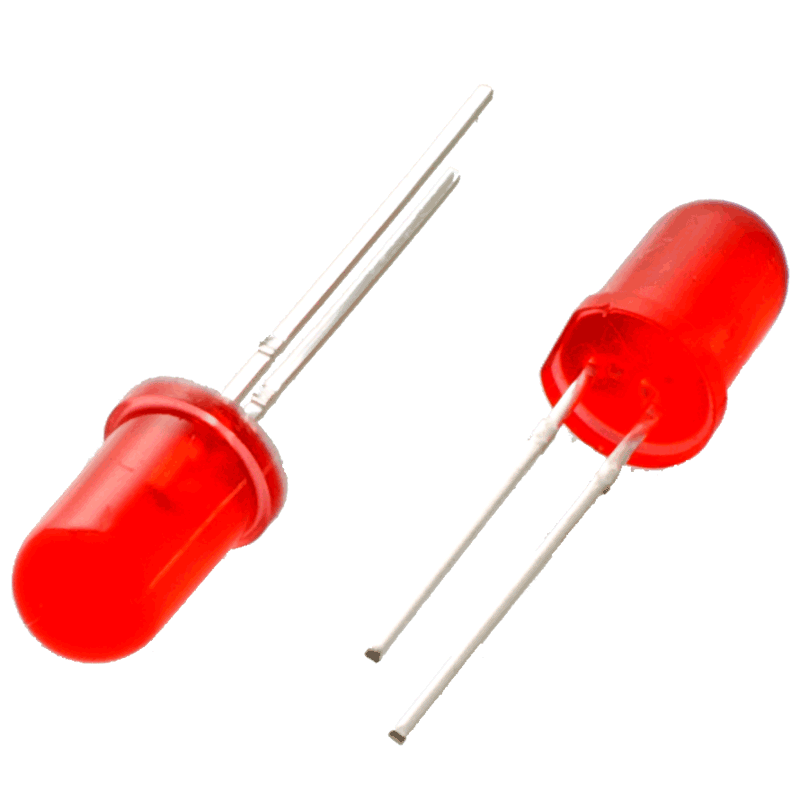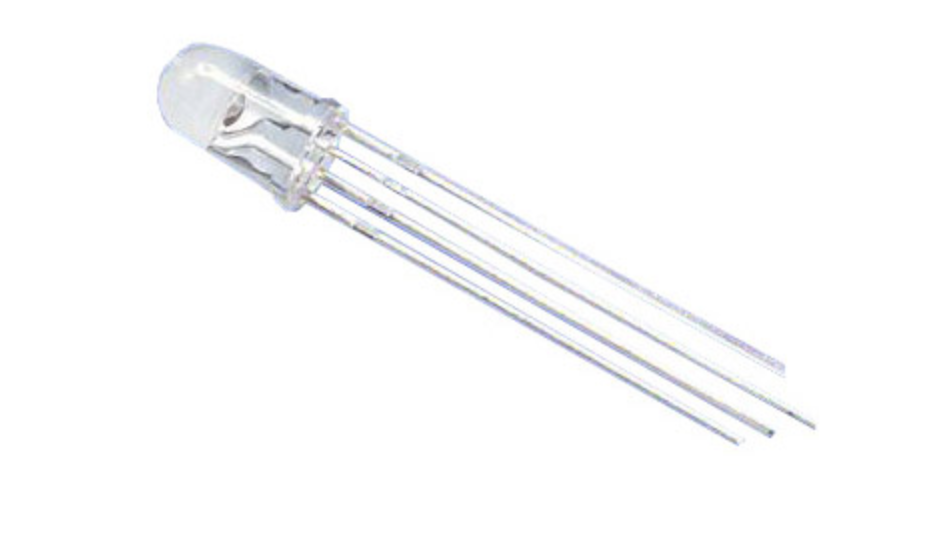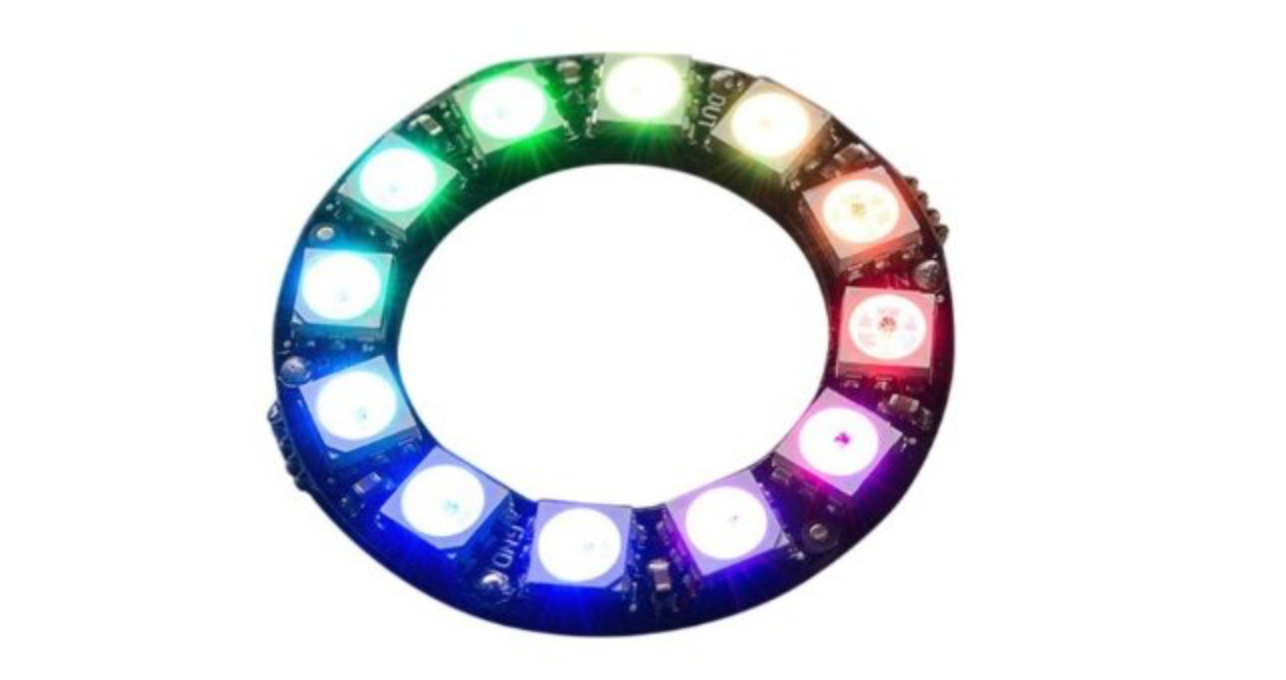8. RGB LED
8.1. Description
Led Emitting Diode - LED is a particular type of diode that converts electrical energy into light. LED illuminates when electricity passes through it. Like all diodes, electricity only flows in one direction through these components. The anode, which typically connects to power is usually longer leg and the cathode is the shorter leg.
When a suitable voltage is applied to the leads, electrons are able to recombine with electron holes within the device, releasing energy in the form of photons. This effect is called electroluminescence, and the color of the light (corresponding to the energy of the photon) is determined by the energy band gap of the semiconductor.

LEDs
Types of LEDs:
- RGB LEDs
- Flash LEDs
- SMD LEDs
- High-Power LEDs
- Infrared LEDs
- Ultraviolet LEDs
Our focus here will be RGB LEDs.
8.2. RGB LED
RGB (Red-Green-Blue) LEDs are actually three LEDs in one. But that doesn’t mean it can only make three colors. Because red, green, and blue are the additive primary colors, you can control the intensity of each to create every color of the rainbow. RGB LED products combine these three colors to produce over 16 million hues of light. Note that not all colors are possible. Some colors are “outside” the triangle formed by the RGB LEDs. Also, pigment colors such as brown or pink are difficult to achieve.
Most RGB LEDs have four pins: one for each color and a common pin (the longest pin).

RGB LED
8.3. Data sheet
Note
To build your air device we recommend RGB LED ring.

RGB LED ring
8.4. Where to buy?
| eBay | RGB LED: https://ebay.to/2OIYHpj |
| eBay | LED Ring: http://ebay.to/2j74Uu7 |
Updated almost 6 years ago
